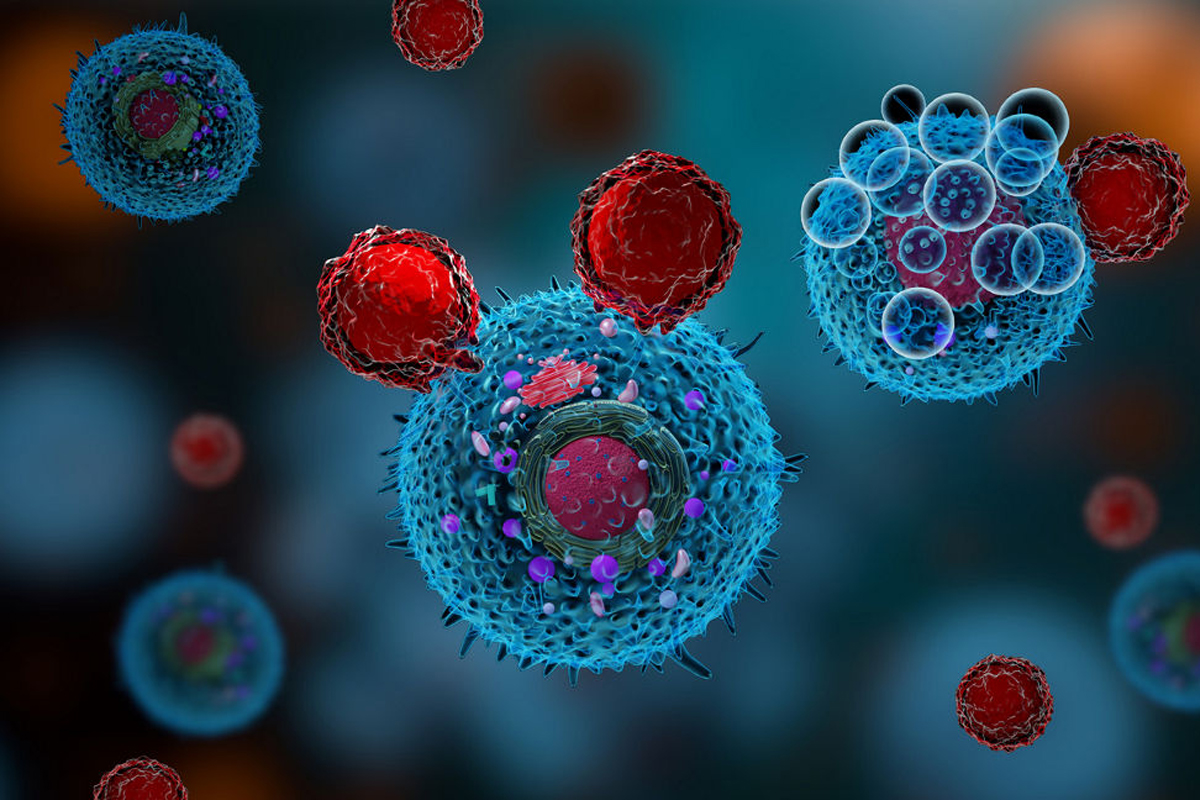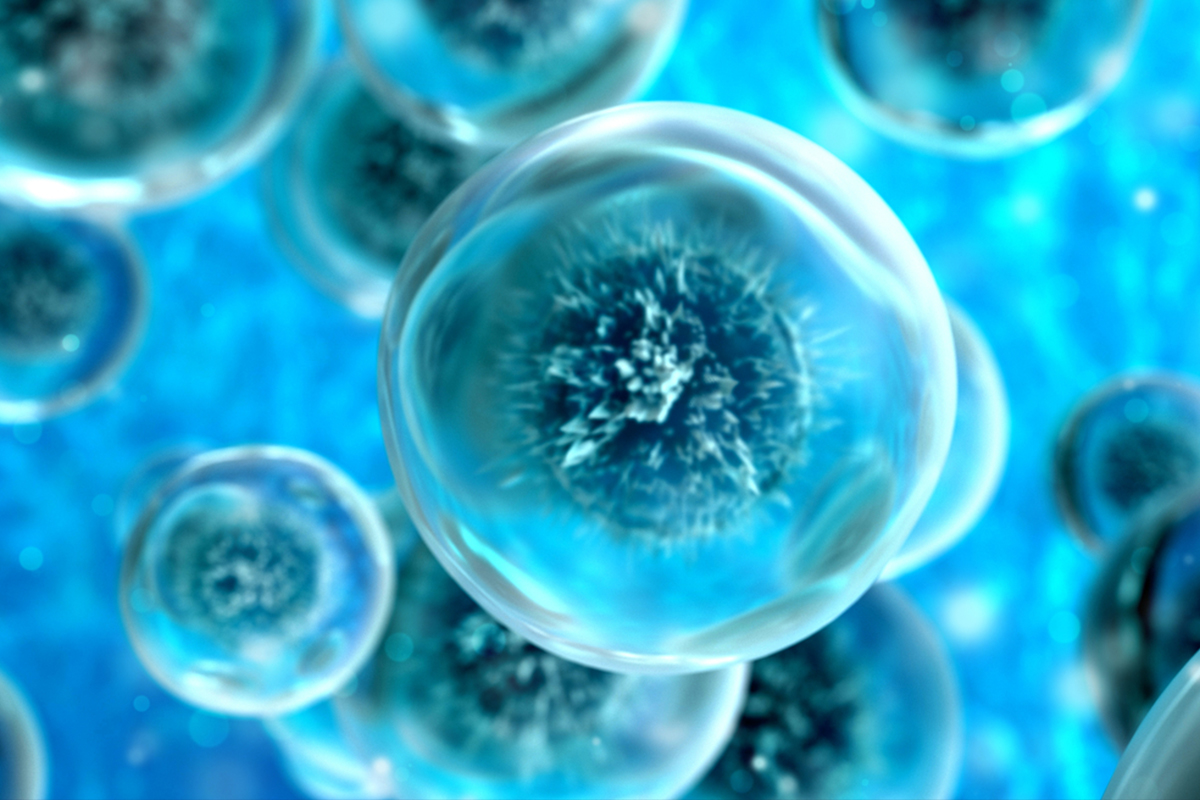CMC analytical considerations for ATMPs
Chemistry, manufacturing and control (CMC) analytical testing is crucial for cell and gene therapy development in both the preclinical, clinical and commercialization phases of drug development. However, given the nature of cell and gene therapies, some traditional methodologies and instrumentation originally designed for large molecule treatments do not suffice.

)


.jpg)